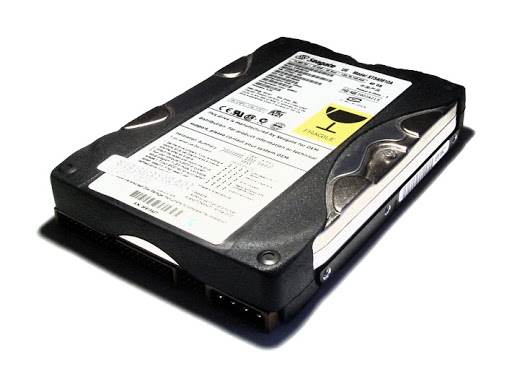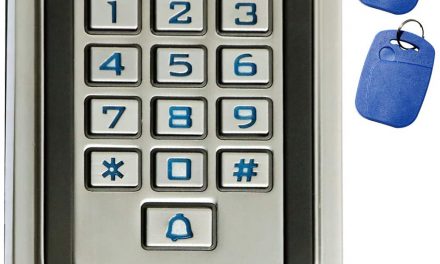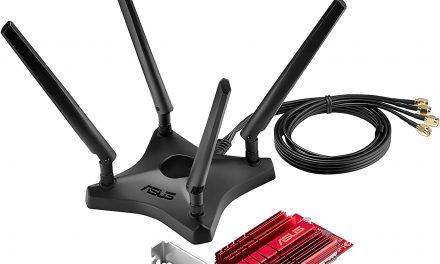A secondary storage device is one that is used to store data on a permanent basis or until it is intentionally erased or overwritten. This means that unlike the computer’s (volatile) primary storage or memory, it does not lose the stored information when there is loss of power. In fact this is one of the main reasons that secondary storage is so important in a computer, without this kind of storage it would lose data and software whenever it is switched off whether intentionally or otherwise. Secondary storage is also far cheaper than primary storage. It can either be internal or external to the computer. A computer’s internal hard disk drive is an example of the former while an external one that needs to be connected to via a USB port is an example of the latter.
Currently there are three main types of secondary storage devices namely magnetic, optical and solid state. These are not the only possible types as other technologies have existed in the past (e.g. punched cards and punched tape) and more will probably be developed in the future.
Magnetic storage devices
Examples of these include hard disk drives, floppy disks and (digital) tapes. Floppy disks have been superseded by technologies with greater storage capabilities while tapes have not really seen much usage in the storage of digital information.
In magnetic storage devices, information is stored by magnetising spots on the surface of a material which is able to retain this magnetism. Binary numbers or bits are stored and represented as either the presence or absence of magnetism on spots on the surface. This information is retrieved at a later time by detecting the presence and direction of the magnetisation on these spots.
The hard disk drive, arguably the most widely used kind of computer storage device, uses magnetism to store information. The storage medium is one or more flat, thin and circular metal plates. The data is stored on these plates’ surfaces in concentric tracks. A small read/write head, also called a magnetic head, is used to magnetize tiny spots on the rotating plate during writing. The same head is used to read data through the detection of variations of the magnetism on the surface of the plate. The disk’s rotation combined with the ability of the magnetic head to move across its surface makes it possible for the latter to jump to any position on the disk fairly quickly.
A personal computer’s hard drive is a device which consists of several hard disks, read/write heads, an electrical motor to spin the disks and some electronic circuitry. These are all sealed in a metal case to protect the whole assembly from dust.
Optical storage devices
Examples of optical storage devices are CD, DVD and Blu-ray disc drives.
Information is stored on moulded plastic discs. Data is stored on these as microscopic pits which are read and sometimes written (or “burned”) by low powered lasers. A laser is a device which can project a thin, intense and highly directional beam of light. When information is being written on these discs, the laser used is usually intense enough to burn tiny pits on their surfaces. Alternatively a photosensitive dye can be coated onto the surfaces of these discs. In this case “burning” usually means the forming of a microscopic dark spot on the surface of the disc by shining a laser on it. These are detected the same way pits are. The presence or absence of these pits represents a binary digit or bit. During reading, a laser beam is directed at the spinning disc at such an angle that its reflection from the disc falls onto a detector: when the laser shines on a pit, its light does not reach the detector.
There are different types of these optical discs:
- ROM—Read Only Memory optical discs come with prewritten data that cannot be overwritten. They are commonly used in the physical distribution of content such as music, films, games and software.
- R—these disks are purchased blank. The user can only write to them once using an optical device. This written data can then be read as many times as needed.
- RW—this kind of disc works exactly like the R one above with the main exception that data can be written on it many times.
Solid State devices
Examples of solid state devices include solid state drives (SSDs), memory cards and USB memory sticks.
Much like the technology used in RAM (random access memory), these devices are made from silicon microchips. Unlike RAM, the data they are not volatile—the information stored survives the switching off of power to the device. They can be written to and overwritten many times.
Since they have no moving parts, these devices last much longer than their counterparts. This lack of moving parts also makes these devices portable, compact and they produce less heat and also use less energy. The lower energy used by solid state devices makes them particularly suitable for use in battery powered applications. Solid state storage is at the moment still more expensive than the other technologies discussed here for the same amount of space. Solid state devices are generally smaller than their counterparts for a comparable amount of storage space.






